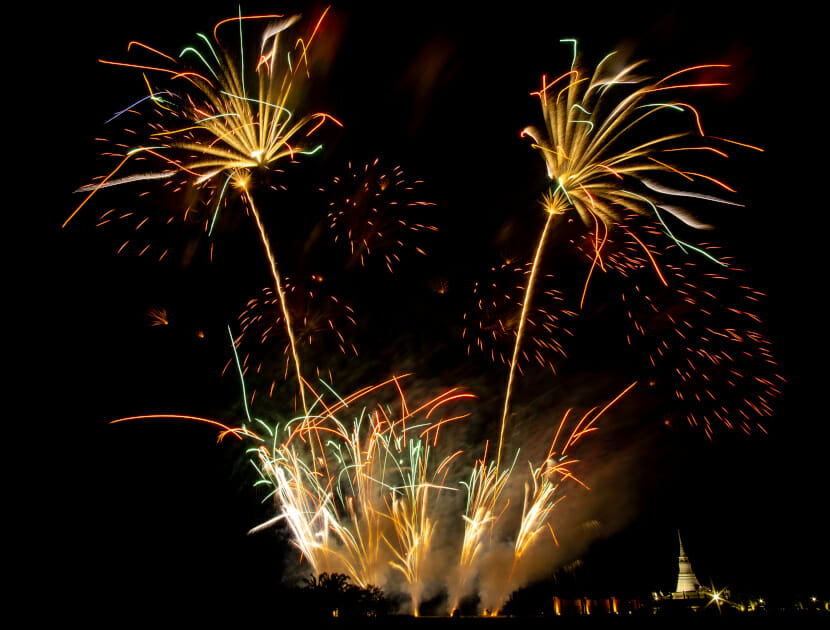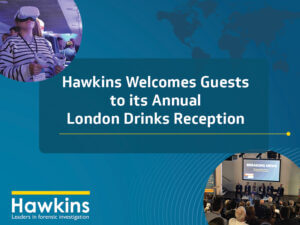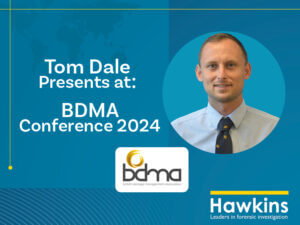As you ooh and aah at the dazzling explosions of a fireworks display, there are three things going on that you probably wouldn’t guess: the chemists who made those pyrotechnics designed most of them so they wouldn’t explode, you’re actually seeing the conservation of energy, and most peculiar of all, when things are at their brightest, you’re actually seeing the fireworks as they’re cooling down.
The products of pyrotechnic chemistry have been refined since the 800s, when the Chinese began filling bamboo shoots with black powder and exploding them at the New Year with the hope that the sound would scare away evil spirits.
HOW DO FIREWORKS WORK?
The basic ingredients in black powder haven’t changed since those early days in China; a fuel source and an oxidiser. The fuel provides heat and the oxidiser is there to provide more oxygen than the ambient air can supply, which accelerates the reaction.
But slower is better, pyrotechnic chemists want a firework to burn slowly to create a good visual show, not just a loud bang. To slow down the burning, chemists use big grains of chemicals, in the range of 250 to 300 microns (the size of a small grain of sand), and they don’t blend the ingredients together very well. That makes it harder for the fuel and oxidizer to combine and burn, and produces a longer and brighter effect.
For the really sparkly effects, even bigger grains are used, roughly 1,000 microns in size, which are ignited by the black powder burning around them and combine with the air to burn with a spark effect.
A good example of the fuel, oxidizer and sparkle combination is the handheld sparkler. It’s made of medium-sized grains of fuel and oxidiser to get the fire going, mixed with even bigger grains of aluminium.
When ignited, those grains burn in combination with the oxygen in the air, giving off sparks. Aluminium burning at 1,500°Celsius (2,700°F) produces golden sparks, while at hotter temperatures, up to 3,000°C (5,400°F), the aluminium produces white sparks. Owing to the high temperature and the explosive nature of some fireworks, problems can occur if they are mishandled or not treated with sufficient care.
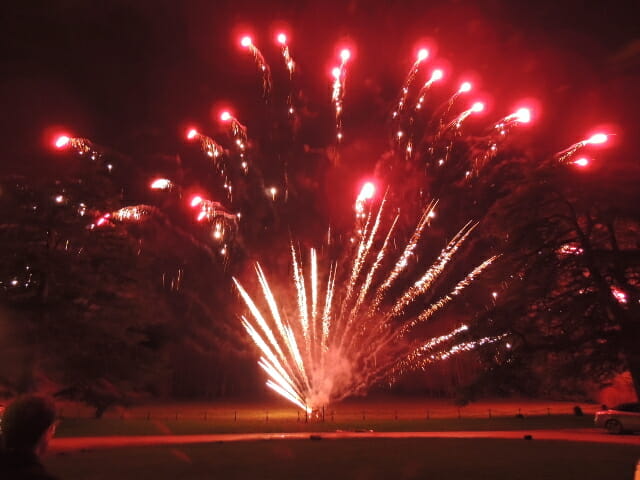
ARE FIREWORKS DANGEROUS?
Until the end of 2005, The Royal Society for the Prevention of Accidents (RoSPA) annually collated and released figures relating to the number of firework injuries that required hospital treatment in the UK. In 2005, 990 people were injured, and of these 563 were aged under 20 years. Of the total number of injuries, 475 occurred at a family or private party whilst 121 occurred at a public display.
Now compare those statistics to that of our neighbours across the Atlantic. According to the National Fire Protection Association (NFPA), in 2013, U.S. hospital emergency rooms treated an estimated 11,400 people for fireworks related injuries. The NFPA also states that in 2011, fireworks caused an estimated 17,800 reported fires, including 1,200 structure fires, 400 vehicle fires, and 16,300 outside and other fires. These fires resulted in another 40 injuries and $32 million of property damage.
But fireworks are not unreasonably dangerous when they are used and handled properly. The British Pyrotechnics Association states that: “people are at least 3 to 5 times more likely to be killed or seriously injured driving a round trip to view a fireworks display than they are to be killed or seriously injured from the fireworks at the display. Most fireworks accidents are the result of carelessness, misuse or failure to follow regulations and workplace guidelines”.
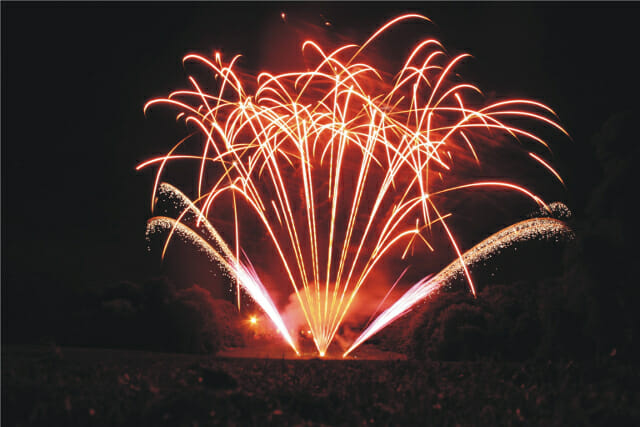
REGULATIONS FOR HANDLING FIREWORKS
The industry cannot stop the mishandling of fireworks, but there are now extensive regulations in place which if followed should mitigate the risks.
UK explosives law is predominantly based on the United Nations recommendations for the transport of dangerous goods and is related to the hazards posed by fireworks in transport and by extension, in storage.
The UK Government regulates the industry through the Department for Business, Innovation & Skills (BIS) (formally the Department of Trade and Industry [DTI]) and the Health & Safety Executive (HSE).
BIS is responsible for the Consumer Protection Act 1987 (CPA) and the General Product Safety Regulations 2005 (GPSR). Beneath these are the British Standard 7114-2:1998 “Fireworks – Specification for fireworks” and the Fireworks Regulations 2004 (made under the Fireworks Act 2003). These two documents apply to all fireworks sold to the public in the UK. Most importantly, fireworks sold in the UK must comply with the requirements of BS7114 which makes it an offence to supply goods which fail to comply with general safety requirements. In addition to this, BIS introduced the Pyrotechnic Articles (Safety) Regulations 2010 which came into force on 4 July 2010, these regulations require that from 4 July 2017 all fireworks must carry a CE mark.
In addition to the above, BIS regulate the Fireworks Regulations 2004 and the European Union requirements of the 2013 Pyrotechnics Directive (2013/29/EU) (“the Pyrotechnics Directive”) and the Directive on the traceability of pyrotechnic articles (2014/58/EU) (“the Traceability Directive”). BS EN 15947-3:2010 “Pyrotechnic articles. Fireworks, Categories 1, 2, and 3” specifies the minimum labelling requirements for fireworks. Finally, there is a more recently introduced Standard, EN 14035. This Standard covers the specification and test methods for all fireworks imported (or manufactured) within the EU.
The BIS regulations mostly cover the fireworks purchased commercially and used privately. But what about the professionals? Well, in addition to the above BIS requirements, the HSE enforce the Carriage of Dangerous Goods and Use of Transportable Pressure Equipment Regulations which includes the Carriage of Dangerous Goods by Road (ADR) license. There is also the Classification and Labelling of Explosives Regulations along with, and what are probably the most important regulations for professionals, the Manufacture and Storage of Explosives Regulations 2005 (MSER) and the Explosives Act 1875. The way a professional company operates is regulated by the Health and Safety at Work Act 1974.
The primary purpose of all of the Regulations, Standards and Directives is to ensure that pyrotechnic material being imported and sold in the UK is not only safe, but is also used safely. But things still go wrong, the injury statistics show this. You do not need to go far with an internet search for fireworks accidents to find articles on a number of high profile incidents in the UK.
The industry will never be able to stop incidents with fireworks occurring, but with Hawkins’ help, we can discover why.
